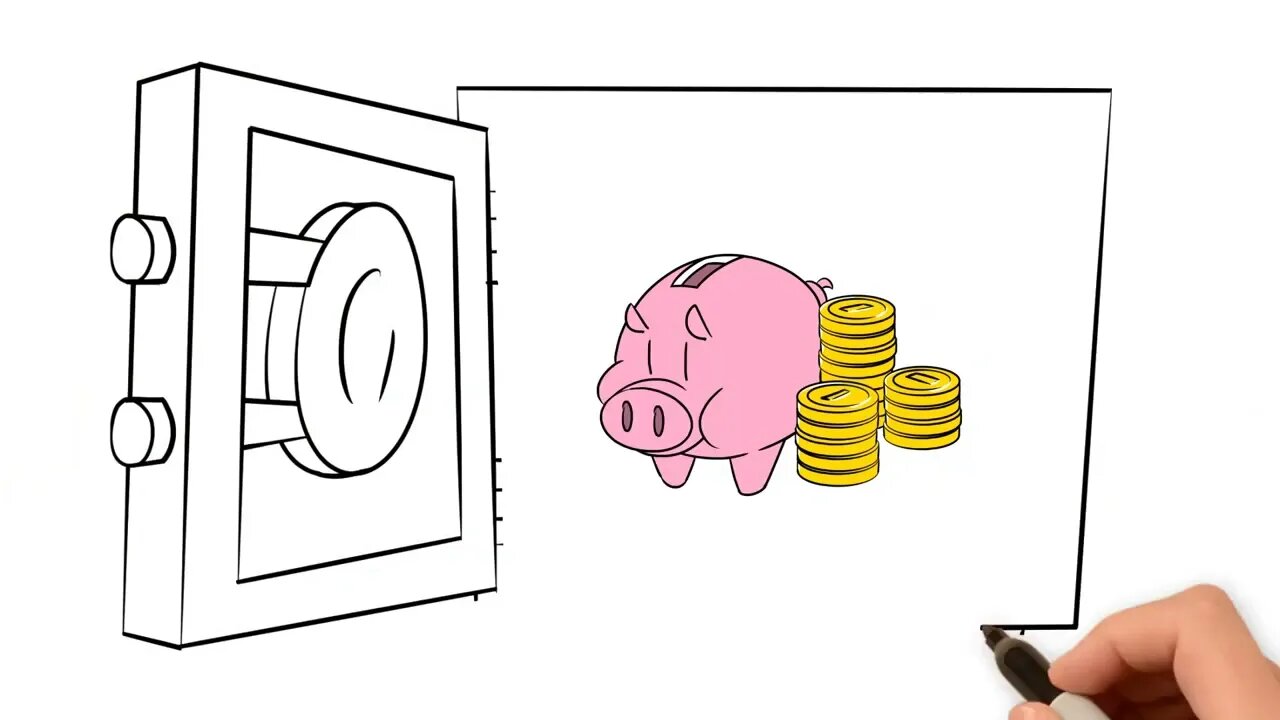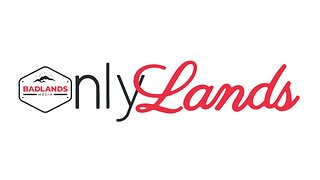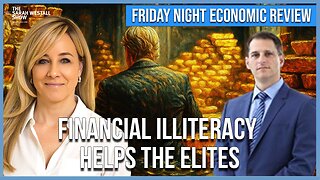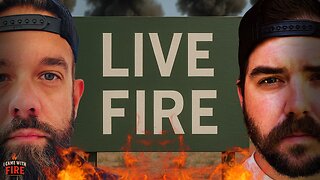Premium Only Content

The Mystery of Banking
The rise of monetary economies assisted two significant changes to society:
First, since the fruit of one's labor was now monetized and so could be exchanged freely, it allowed for the specialization of labor.
Second, thanks to monetization, individuals could more easily save for the future.
By allowing for savings and capital formation, human societies were able to advance beyond subsistence farming. But with savings came another critical issue: security.
The banking industry allowed consumers to keep their gold or silver in protected vaults, and in return, they received paper receipts, which are easier to carry than heavy metal coins. The receipt entitled the owner to claim his goods any time he desired, like keeping personal items in a warehouse. Since any holder of the receipt could claim the gold, convenience inevitably led to the transfer of these paper notes instead of the metal itself.
The receipts for money become money substitutes.
So long as the bank had as much gold as it does banknotes—which is called full-reserve banking—there would be no increase in the money supply.
What if, however, the bank realized that money kept in the bank is not needed all at once? A bank could lend out a customer's money, profit from the loan, and then return the money to the customer's account before it is withdrawn. If a customer closed their account unexpectedly, the bank could borrow from another account to make up the difference.
This is fractional reserve banking, and this is how almost all banks operate today. In doing so, big banks have become very profitable—but the economic consequences complicate the issue of money.
For example, let us say that a hundred gold coins enter a bank account.
The bank account only keeps 10 percent reserves in an account, so it lends out ninety gold coins.
Fifty of those ninety gold coins end up in another customer's account at the bank, and now the bank lends out forty-five of those coins.
From that first deposit of one hundred coins, the original customer currently has a receipt for one hundred coins, another customer has a receipt for fifty coins, and there are an additional 135 coins’ worth of loans on the market. The result is an expansion of paper receipts—money substitutes—in the market, without any increase in gold to support it. This arrangement is also different than if the original customer directly loaned out fifty coins instead, because with such a loan, the lender would have no expectation of being able to access the borrowed money.
These unbacked banknotes, like counterfeiting a coin, are an example of inflation, which may be defined as an increase in the economy's supply of money that is not due to an increase in the monetary base–actual gold coins, in this case. These "fractional reserve banks," therefore, are inherently inflationary institutions.
Whether this additional money is created by the direct printing of new money, or through multiplication in a fractional reserve system, the result is an increase in the money supply not reflected in an increase of wealth in the real economy. This will create additional issues we will explore later.
Another issue with fractional reserve banking arises if customers lose confidence in the bank: they rush to take their money back. Bank panics are devastating, not only because a large withdrawal of money from an overleveraged bank hurts other customers, but because it can lead to better-managed banks being similarly stressed in ways they did not anticipate.
As such, many of the criticisms of "instability" prior to the Federal Reserve have little to do with gold as money and everything to do with the lending practices of banks themselves. Many of the problems, as we will see, resulted directly from government policy designed to increase control over money and banking.
To understand money as it exists today, far removed from any sort of commodity, we must understand why control over money is so important to the state.
________________________________________
This series was inspired by Murray Rothbard's classic introduction, What Has Government Done to Our Money?—available for free in PDF, ePub, HTML, and Audiobook at https://Mises.org/WHGD
To learn more about the operations of the Federal Reserve, check out Bob Murphy's book, Understanding Money Mechanics, available for free in PDF, ePub, and HTML at https://Mises.org/BobMoney
For more animated content, check out Economics for Beginners at https://BeginEconomics.org.
-
 2:12:43
2:12:43
TimcastIRL
6 hours agoErika Kirk Addresses Public After Charlie Kirk Assassination, Live Coverage | Timcast IRL
359K335 -
 30:59
30:59
The Charlie Kirk Show
5 hours agoCharlie Kirk's beloved wife, Mrs. Erika Kirk addresses the Nation.
520K1.46K -
 1:53:28
1:53:28
Man in America
13 hours agoLIVE: Assassin Arrested? Civil War? Are We Being Played?? | LET'S TALK
77.4K62 -
 2:10:33
2:10:33
Badlands Media
11 hours agoOnlyLands Ep. 24
48.9K19 -
 2:27:53
2:27:53
TheSaltyCracker
6 hours agoGot Him ReeEEStream 9-12-25
254K316 -
 52:11
52:11
Sarah Westall
8 hours agoBread and Circus Keeps you Financially Ignorant – Its Better for the Elites w/ Chris Russo
54.2K3 -
 3:49:08
3:49:08
I_Came_With_Fire_Podcast
14 hours agoFriday Night Live Fire
40.1K5 -
 1:20:39
1:20:39
Flyover Conservatives
16 hours agoFrom Demonic Deception to Divine Direction: Sid Roth’s Radical Encounter With God | FOC Show
48.5K1 -
 2:50:58
2:50:58
Chrissie Mayr
5 hours agoChrissie Mayr Reactions to Charlie Kirk, Liberal Celebrations, and More
46.1K28 -
 1:05:46
1:05:46
AlaskanBallistics
5 hours ago $2.13 earnedRemembering Charlie Kirk
46.6K8